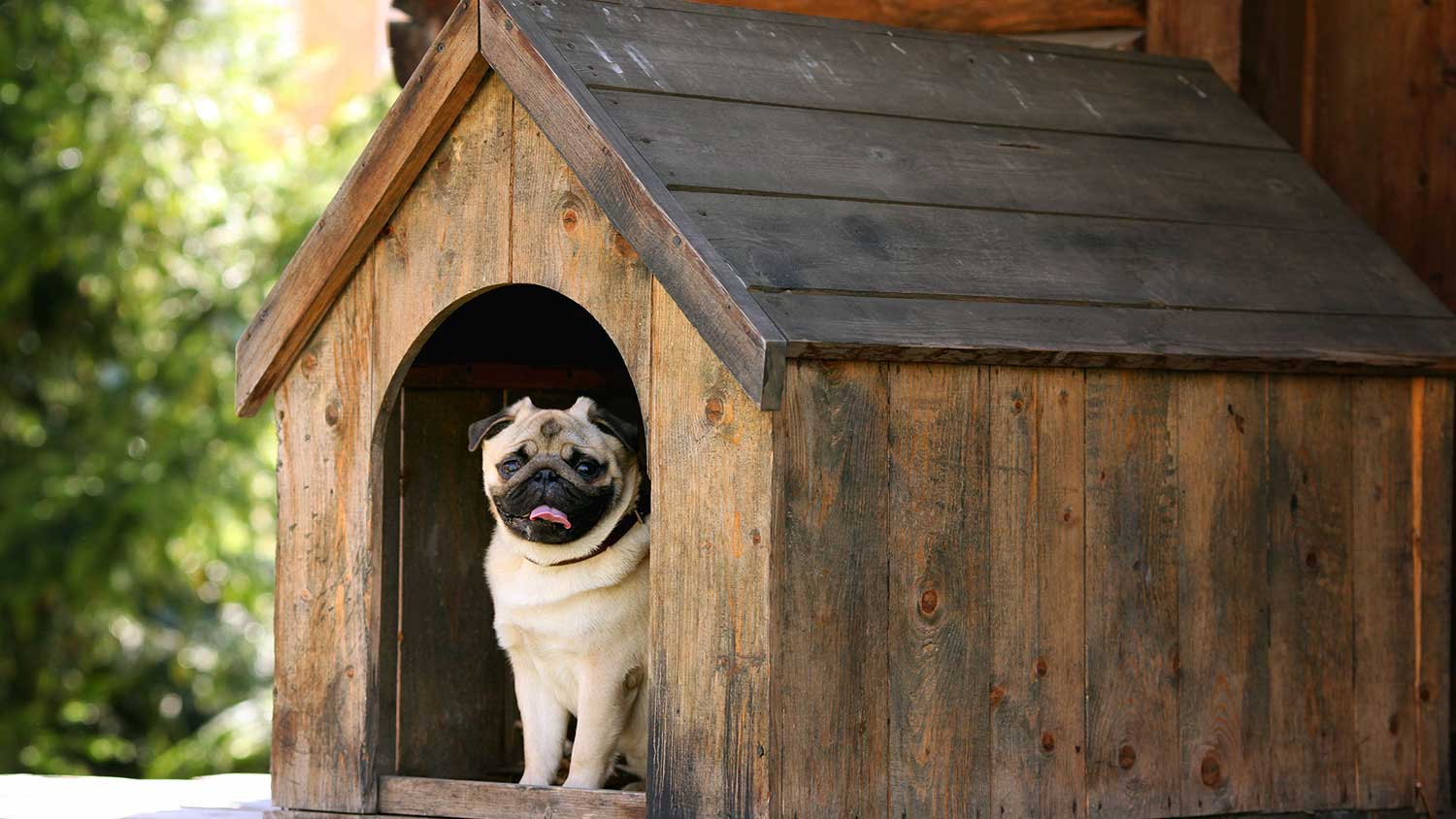
Find out how much it costs to build a chicken coop—whether you've got a few hens in your backyard or a big, self-sustaining flock—with our expert guide.
Hang your hammock chair securely before your first of many lounges


Why sit when you can hang? A chair hammock is the perfect setting for reading a book, pondering life’s complexities, or letting go and swinging with the breeze.
The only thing standing between you and your newfound happy place is the task of hanging it. Luckily, you can hang a chair hammock indoors or outdoors in a few simple steps. Here are a few different places to install your chair hammock and how to pull it off.

There are a variety of possible spots for your new chair hammock, both indoors and out. If you’re looking to hang it outside, you can do so from a sturdy tree branch or any solid overhead structure like a gazebo, covered porch, overhead beam, or a pergola. If you want to swing indoors, you can hang it from a ceiling joist or tie it around exposed beams. Wherever spot you select, be sure to test the weight and structural integrity before you take a seat.
The process of prepping to hang your chair hammock will depend on where it’s going. Gather the following tools and materials to ensure a safe and efficient installation.
For hanging from a ceiling joist or solid overhead structure:
Stud finder (or magnet)
Power drill
Eye screw (at least 3 inches long)
S-hook
Rope or chain with a working load of at least 250 pounds
For hanging from a tree branch or exposed beam:
10 to 15 feet of rope or chain with a working load of at least 250 pounds
Now that you’ve collected your supplies, it’s time to hang your chair hammock. Follow these guidelines for best results.
Wrap your rope at least three times around the branch or beam, spreading it out for even weight distribution.
Thread the rope through the hammock’s hanging mechanism (usually a metal circular ring).
Tie a secure knot around the branch or support beam.
If you’re hanging it from a ceiling joist, locate the joist with a stud finder or a magnet.
Mark where you want to drill.
Use your power drill to drill a hole that’s slightly less wide than the eye screw.
Insert your eye screw into the pilot hold and twist it clockwise until it's fully inserted (the eye should be touching the ceiling).
Attach your S-hook to the eye screw.
Hang your chain or tightly knot your rope to the bottom of the S-hook.
Tie or attach the other end of the rope or chain to the top of the hammock chair.
Before climbing into your chair hammock, it’s essential to weight-test it to ensure that your handiwork is secure. Start by gradually adding around 50 pounds of heavy books, jugs, or hand weights.
If the chair stays put, sit on the chair yourself, but don’t put all of your weight into it yet. If it appears secure, gradually ease into the chair until you’re fully supported. The chair should be able to support your weight without budging or creaking.
Hammock chairs can become a hazard if they’re not hung properly. Unlike hanging a traditional hammock, chair hammocks rely on singular support, so it’s extra important to ensure it’s secure.
If you’re not confident with the task or if you lack the proper tools, DIY-ing isn’t your only option. A local handyperson can get the job done right in no time. Handyperson rates typically cost between $60 and $125per hour, which is a small price to pay for ensuring your hammock chair is hung safely and securely.
Check out these answers to common questions about hanging a chair hammock.
A good rule of thumb is to allow at least three feet of clearance on all sides of your chair hammock. This distance should allow you to swing freely without bumping into anything.
Drywall alone won’t be enough to support a person sitting in the chair. Never hang a hammock on drywall without locating a ceiling joist first.
If you’re pressed for branch space in your yard, you can find a solid structure to hang your chair hammock from, such as a gazebo or pergola. Alternatively, you can buy a hammock chair stand and hang it wherever your heart desires.
From average costs to expert advice, get all the answers you need to get your job done.

Find out how much it costs to build a chicken coop—whether you've got a few hens in your backyard or a big, self-sustaining flock—with our expert guide.

A bidet—stand-alone, attachment, spray nozzle, or toilet combo—reduces toilet paper usage and saves money, but how much is a bidet? Here’s how much you’ll pay.

Learn how much it costs to board up a window to buy yourself some time and maintain home security while you wait for the permanent repair.

If you’re not keen on spending your afternoon assembling flat-pack furniture, bring in the professionals. How much does furniture assembly cost? It can be shockingly affordable.

Discover the cost to build a dog house. Learn about materials, labor, and ways to save on your custom or prefab dog house project.

Both a handyman and contractor serve different purposes for your home projects. This guide will help you hire the right professional for your unique job.